Every year, around September and October, two brothers, Bui Van Tho from Xuan Dai commune and Ha Van Toan from Kim Thuong commune, Tan Son district, prepare their tools and equipment and wander around the villages to find wild dổi. The old dổi trees are 25-40m tall, with many fruits hanging down, and here and there are clusters with cracked shells, revealing red seeds, signaling that the fruits can be harvested.
The bunch of ripe red anise seeds blooms right from the tree.
Ripe Doi seeds have a characteristic red color.
Red in the forest
Doi seeds are a treasure of the mountain people because of their high economic value, sometimes reaching 2-3 million VND/kg. When ripe, Doi seeds have a bright red color, standing out among the green of the mountains and forests.
There are many types of Doi, if you cannot distinguish it, it is easy to buy poor quality Doi seeds. According to the mountain people, there are two types of Doi: sticky rice and regular Doi.
The characteristic of the Doi tree is that the seeds are usually dark and hard, when roasted or pounded, they are bitter and cannot be used as a spice. On the contrary, if it is glutinous Doi seeds, when marinated with food, they will have a characteristic aroma, not bitter. In particular, the older the Doi tree is, the better the quality of the seeds. Any garden with a Doi tree that is 20-30 years old is considered a treasure in the family.
Following the footsteps of two brothers Bui Van Tho and Ha Van Toan, we visited the family of Mrs. Ha Thi Thanh Xuan - Xuan 1 area, Kim Thuong commune. Mrs. Xuan is famous in the area because her family still preserves about 10 Doi Nep trees with the age of over 20 years.
Ms. Xuan shared: My family started growing Doi in 1992. Because it is grown from seeds, it takes exactly 15 years to harvest. Because it is a glutinous Doi variety with fragrant, plump seeds, every year around October, people come to buy it. A few years ago, Doi seeds sold for a very good price, bringing a stable source of income for the family. About 2 years ago, because the market was flooded with Doi seeds of unknown origin and poor quality Doi seeds, the market had comparisons and competition, causing the price of Doi seeds to drop significantly.
The dổi tree is not picky about soil or terrain, whether it grows naturally in the forest or is planted in a home garden, the quality of the fruit remains the same. The tree tends to grow straight, and the old trees can reach 40-50m in height. However, the tree is brittle and breaks easily, so not everyone has enough experience and skills to climb the dổi tree.
The joy of people on the day of harvesting doi.
Regular climbers like Tho and Toan must prepare their tools very carefully before climbing. Tools include climbing clogs, safety belts, long bamboo poles used to hook fruit clusters from a distance, and tarps spread under the tree to prevent the seeds from falling out. During the harvesting process, it is necessary to minimize breaking branches because this will affect the quality and productivity of the following years.
Normally, a tree can yield 20-30kg of fruit at most. The ripe fruit is when the shell is split open and a beautiful red seed appears inside. After splitting, the seeds are dried in the sun or hung up to dry, then wrapped in plastic bags so that the seeds can be preserved longer without losing their flavor.
Taste of highland cuisine
After harvesting, Doi seeds can be used as a spice to prepare many traditional dishes. Muong people in Tan Son often use wild Doi seeds as a spice for dipping sauces with grilled pork, boiled pork, duck, grilled chicken, pig intestines or as a marinade. When processed, Doi seeds are usually grilled over charcoal to create a fragrant aroma, then crushed like pepper.
Doi seeds are also an indispensable spice to marinate wild boar meat and grilled dishes such as chicken, pork belly or grilled ribs. Some people also use Doi seeds when cooking with chicken and pickled bamboo shoots to create an attractive, well-rounded dish.
Dried anise seeds are wrapped in plastic bags for preservation.
Doi seeds after shelling.
However, the characteristic of Doi seeds is that after being roasted or grilled, they usually cannot be kept for as long as pepper, so they should be grilled only when needed and only grilled as much as needed.
In addition to its culinary value, Doi seeds also have many economic values. The tree usually flowers around February or March and is harvested from September to October. Flowering only once a year, Doi seeds are rarely harvested.
It takes 5 years for the Doi tree to grow to produce fruit and seeds. However, it takes more than 10 years for the tree to produce a certain amount of seeds, from 3kg or more. New Doi trees can only harvest from 0.5 to 1kg per crop. If dried, 3kg of fresh Doi seeds will produce 1kg of dry seeds. Due to the small quantity, wild Doi seeds are quite rare, often out of stock, not enough to sell to customers. Currently, Doi seeds are priced from 1.5-2 million VND/kg of dry seeds on the market.
Ms. Ha Thi Thanh Xuan - Xuan 1 area, Kim Thuong commune currently has 10 Doi trees ready for harvest.
People separate the seeds after harvesting.
Chairman of the People's Committee of Kim Thuong Commune, Phung Trong Luan, said: The commune is mainly inhabited by ethnic minorities, of which 90% of the people work in forestry and agriculture , the economy mainly relies on fields, hills and forests, a few work as workers in industrial zones and clusters in the province. Due to the long distances and difficult travel, the products are mainly for the needs of buying and selling in the area, so the income of the people is not high. Families with long-standing dổi trees, fragrant and firm seeds are known by many people and exported to many places. We also hope that people will continue to preserve traditional crops with high economic value such as dổi trees to contribute to improving the household economy.
The season of ripe Doi has come, the typical spice of the mountains and forests that makes many people passionate and fond of it. And the Doi trees that are dozens of years old in the Tan Son mountains have been and are a specialty, so that everyone remembers this land every time October comes, the month of Doi harvest season.
Vinh Ha
Source: https://baophutho.vn/mua-doi-chin-220290.htm


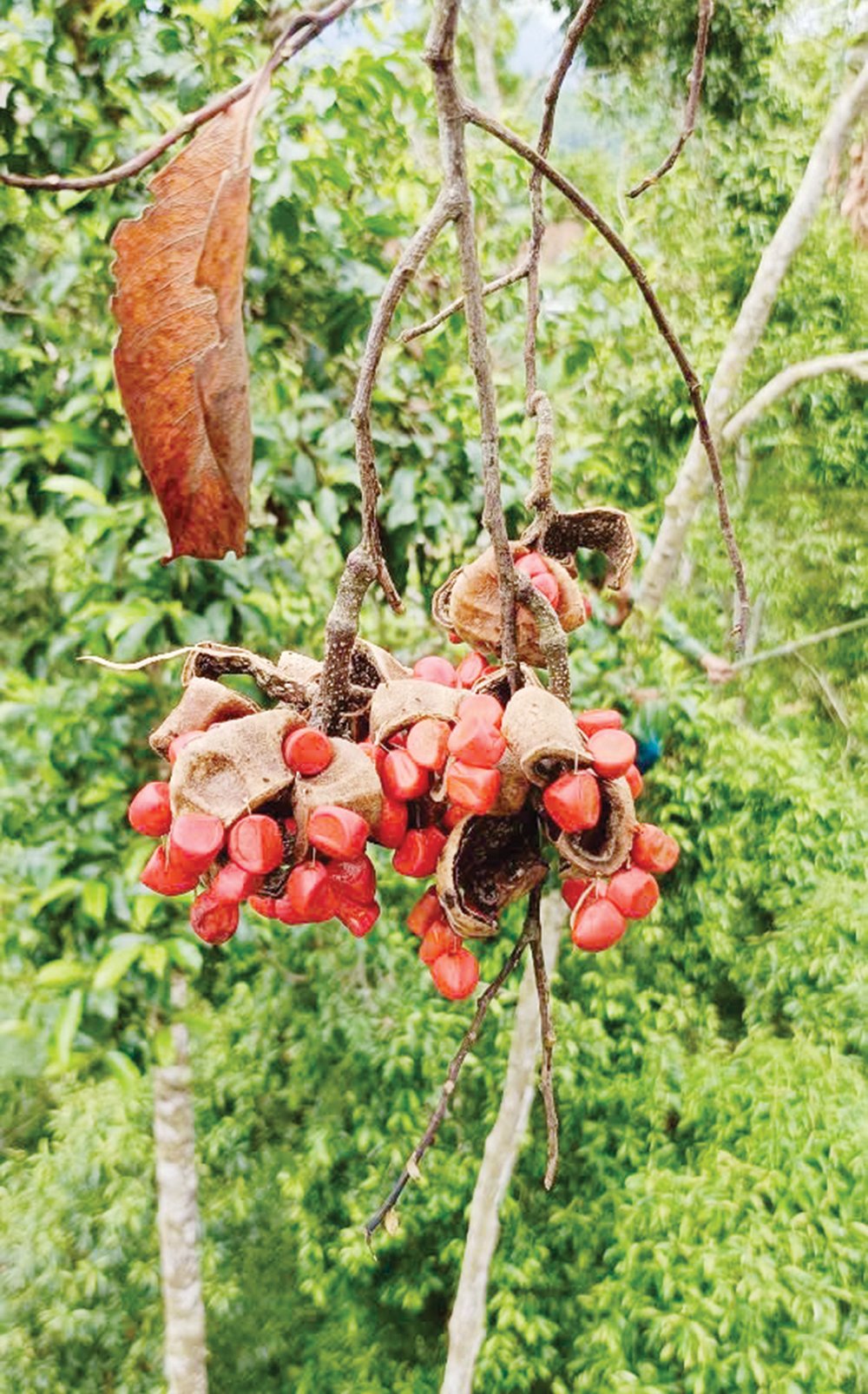
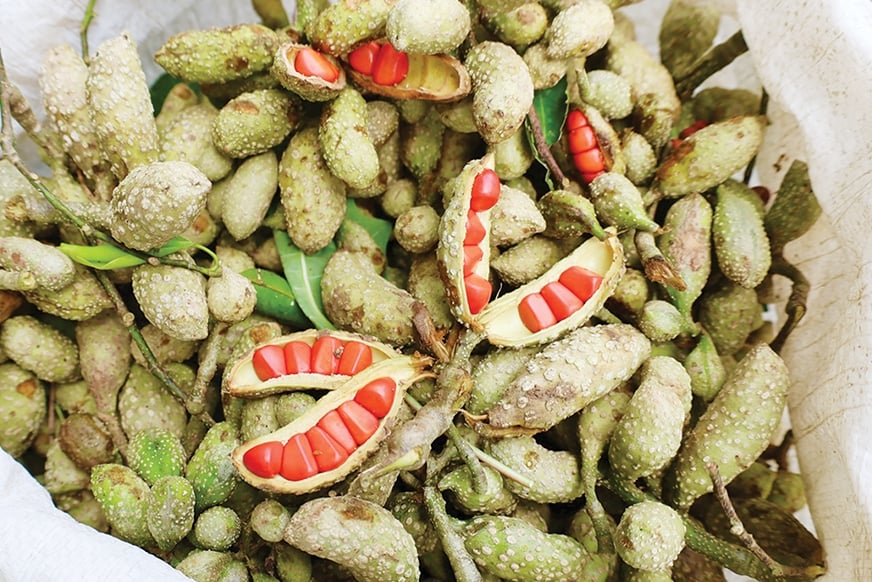
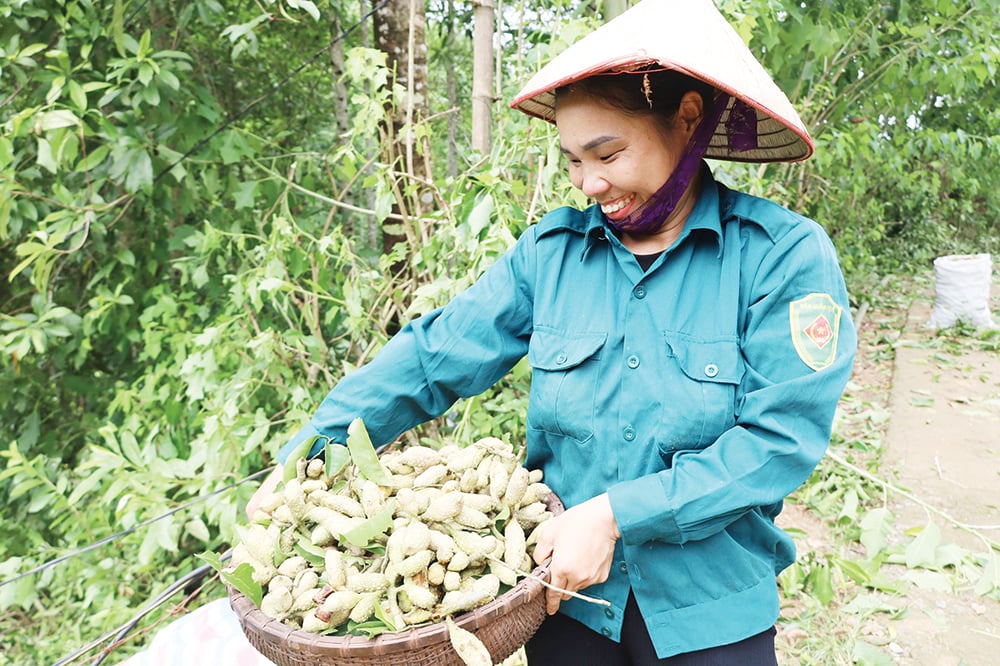
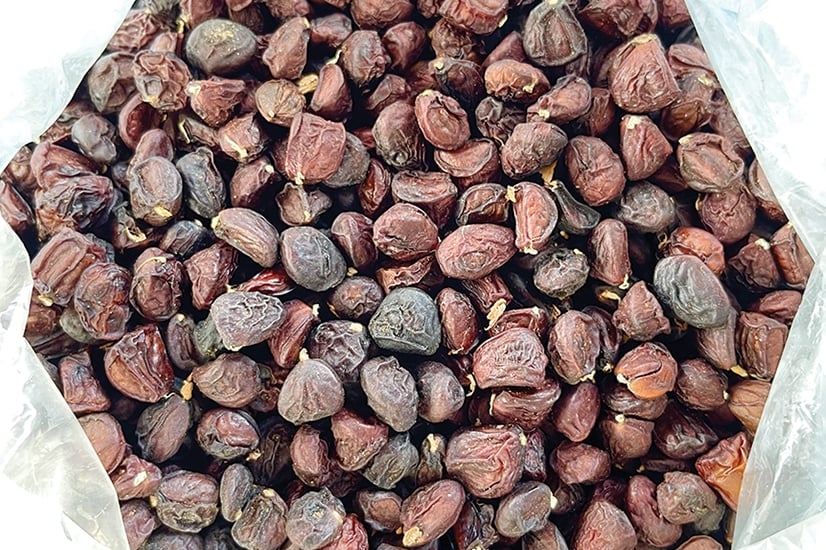
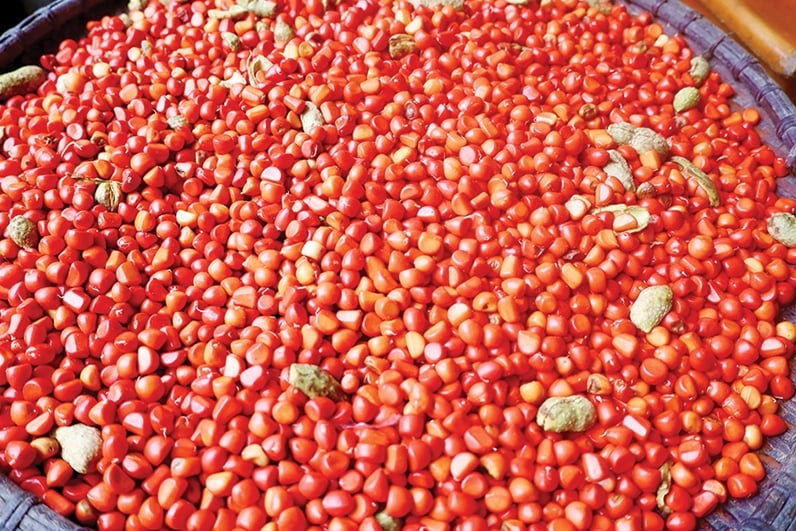
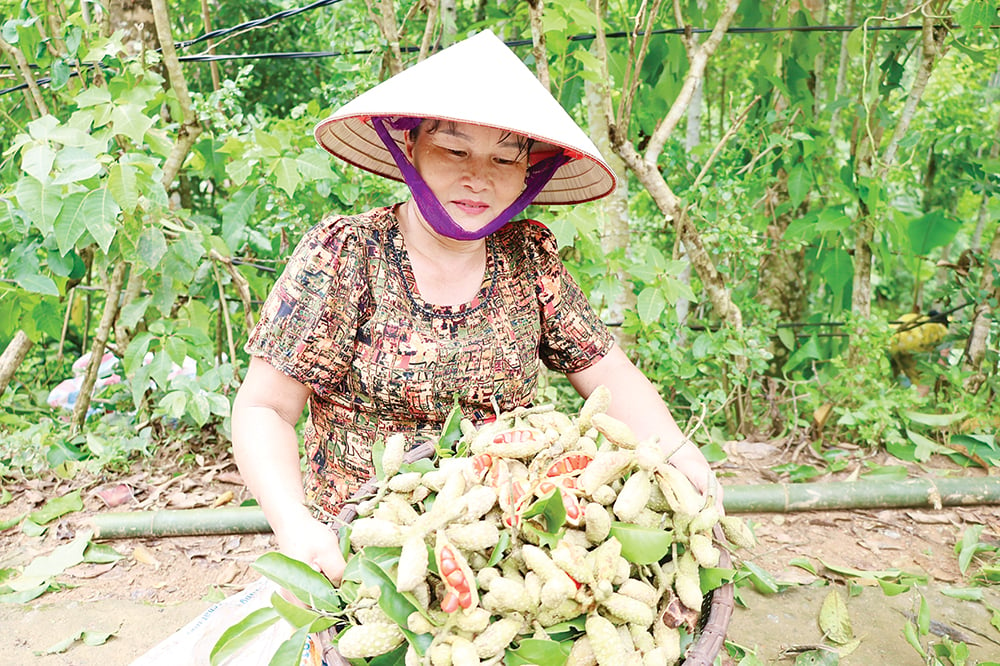
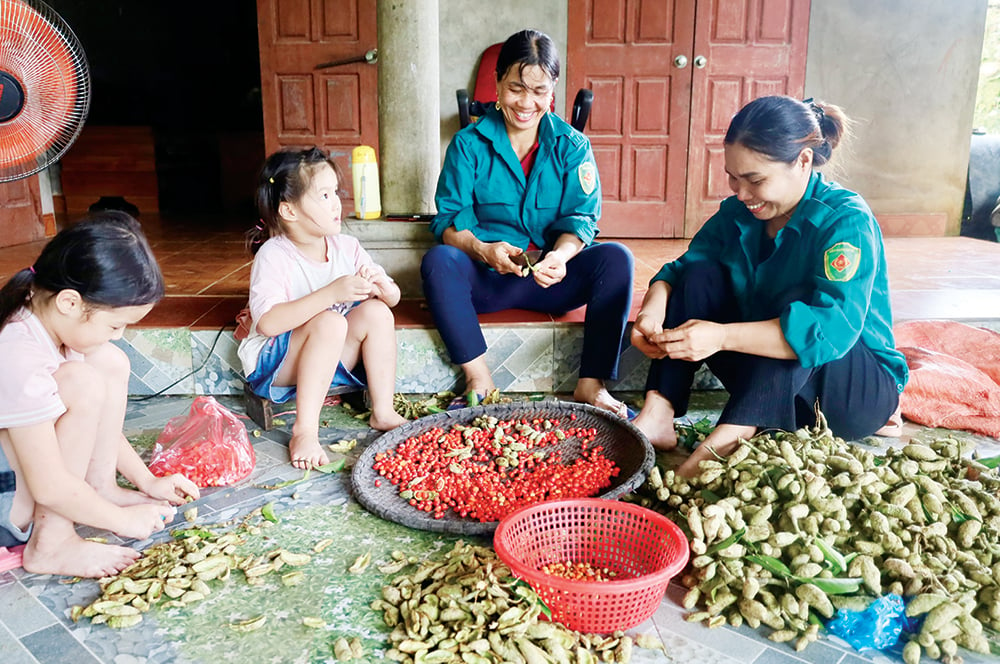

![[Photo] General Secretary To Lam receives the Director of the Academy of Public Administration and National Economy under the President of the Russian Federation](/_next/image?url=https%3A%2F%2Fvphoto.vietnam.vn%2Fthumb%2F1200x675%2Fvietnam%2Fresource%2FIMAGE%2F2025%2F12%2F08%2F1765200203892_a1-bnd-0933-4198-jpg.webp&w=3840&q=75)




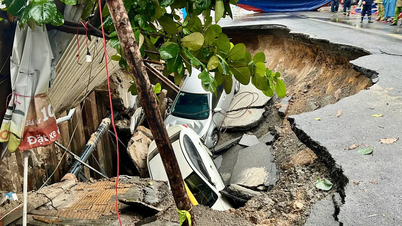

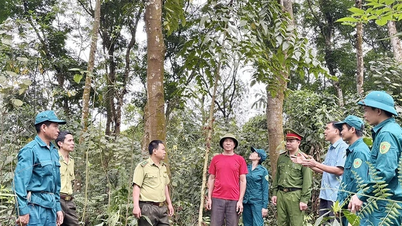














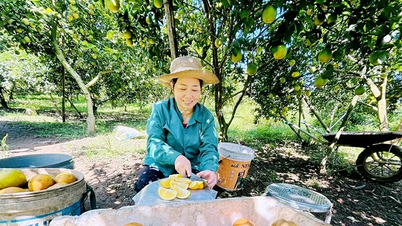











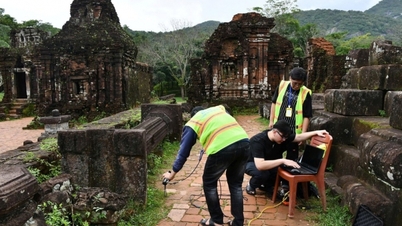

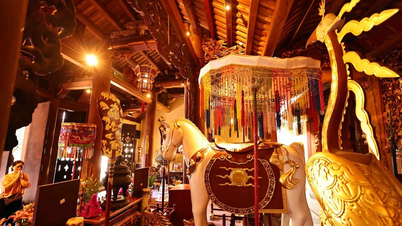



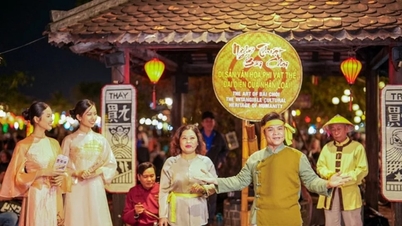

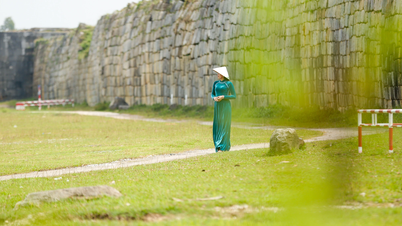





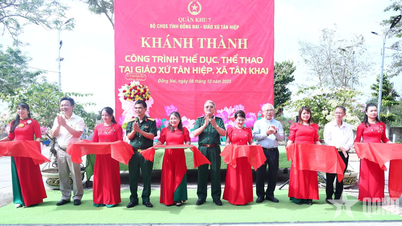
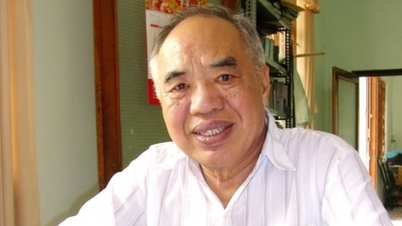





































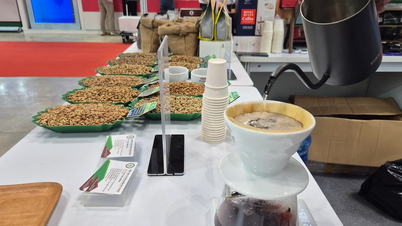

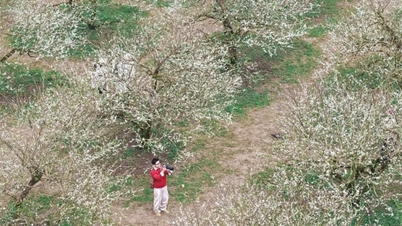
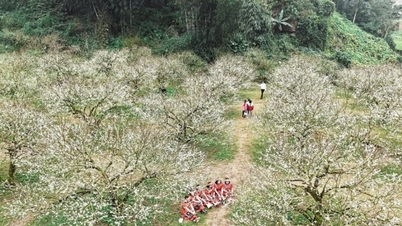
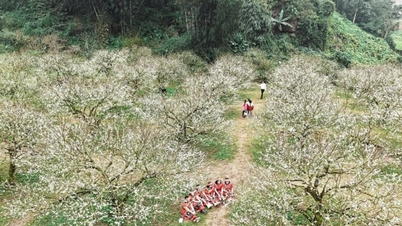












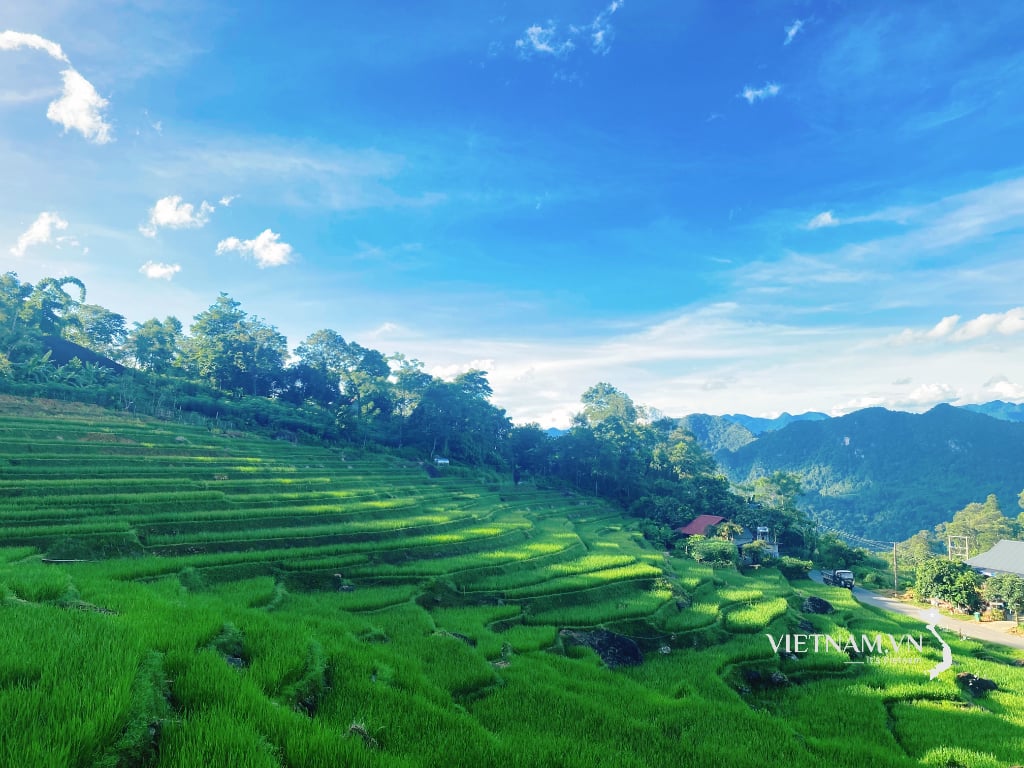





Comment (0)